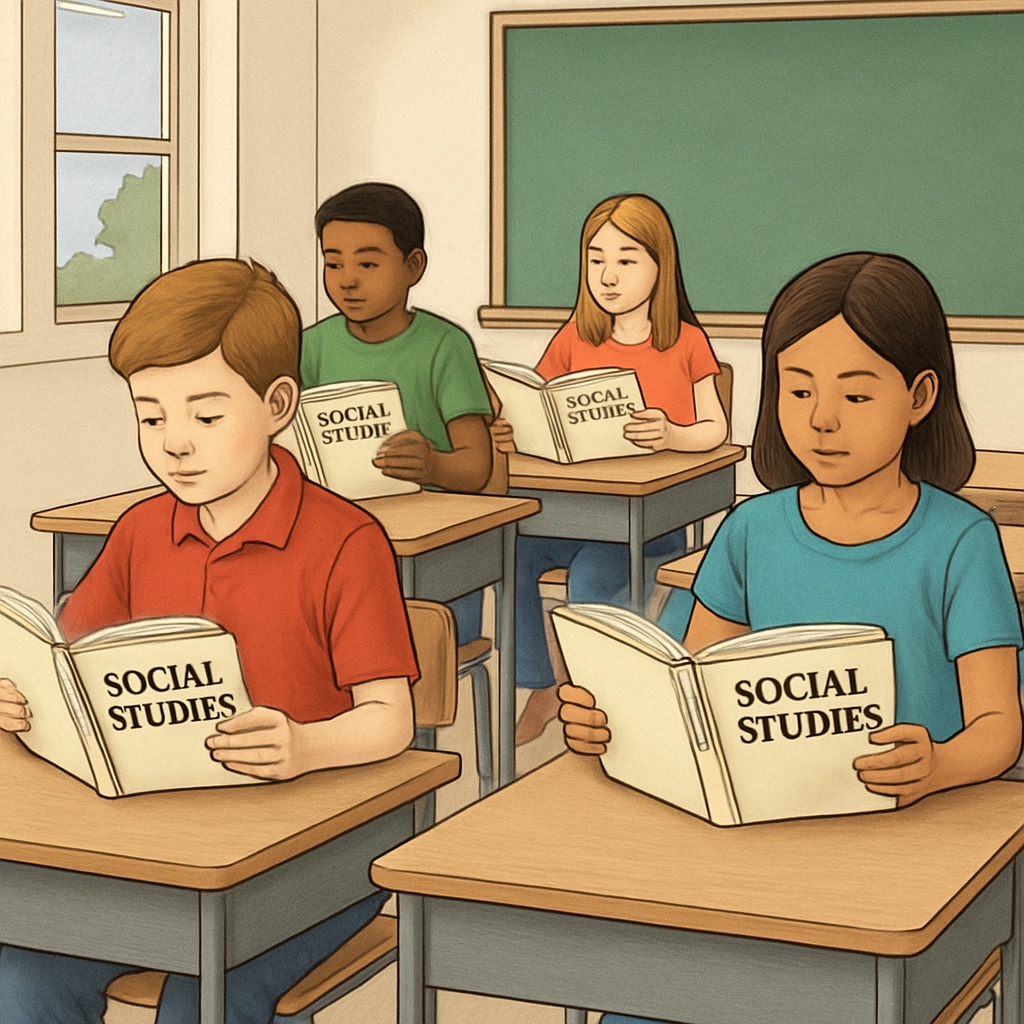In the realm of education, the content taught to students shapes their foundational understanding of the world. A controversial description in a sixth-grade social studies textbook has recently sparked concerns about how schools portray the concept of social mobility. This issue raises questions about the role of education in fostering realistic views of the class system, social studies, and education content. When students encounter narratives suggesting that social class is rigid and unchangeable, it can profoundly affect their worldviews and aspirations.
The Controversy: How Education Frames Social Class
In a specific instance, a social studies textbook described the class system as largely immovable, implying that most individuals remain in the socio-economic class into which they are born. While this description may reflect certain historical and systemic realities, presenting it without nuance can lead to a distorted understanding of social dynamics. Education content like this risks instilling a sense of fatalism in students, who are at an impressionable age.
Critics argue that by oversimplifying complex societal structures, such lessons neglect to address the factors that enable or hinder social mobility. For example, policies, education opportunities, and systemic inequities all play a role in shaping an individual’s ability to move between classes. Without this context, students may internalize a deterministic view of their futures.

Why Balance in Social Studies Is Crucial
Social studies as a subject is designed to equip students with the tools to understand societal structures, history, and civic responsibilities. When educators present a skewed or overly deterministic view of concepts like the class system, it undermines the broader goal of fostering critical thinking. Balanced education content must explore both the barriers to and opportunities for social mobility, encouraging students to analyze and question societal norms.
For instance, lessons could include case studies of individuals who have successfully transcended class boundaries, as well as discussions on systemic challenges that perpetuate inequality. This approach would provide a more comprehensive and realistic perspective, empowering students to see themselves as agents of change rather than passive participants in a rigid hierarchy.

The Role of Parents and Educators in Shaping Worldviews
Parents and educators play a critical role in mediating the content students encounter in school. By actively engaging with curriculum materials, they can identify and address potential biases or gaps in educational content. Open discussions about the limitations of textbook narratives can help students develop a more nuanced understanding of complex issues like the class system.
Here are some practical steps parents and educators can take to ensure balanced learning:
- Review educational content regularly to identify potential biases or oversimplifications.
- Encourage open discussions with students about the topics they learn, asking questions that promote critical thinking.
- Introduce supplementary materials, such as books, articles, or documentaries, that provide diverse perspectives on social mobility.
- Advocate for curriculum reforms that prioritize balanced and accurate representation of societal issues.
Through these actions, adults can help students navigate the complexities of social studies with a critical and informed perspective.
Looking Ahead: Promoting Realistic and Empowering Narratives
The portrayal of social mobility in school curricula is more than an academic issue; it shapes how young people perceive their potential and their place in society. Education should inspire students to recognize both the challenges and opportunities inherent in societal structures. By fostering critical thinking and presenting balanced narratives, schools can empower the next generation to contribute meaningfully to social progress.
As debates about education content continue, it is essential for all stakeholders—educators, parents, policymakers, and students themselves—to advocate for curricula that reflect the complexity of the world. Only through thoughtful and inclusive education can we equip students with the tools to navigate and shape the society they inherit.
Readability guidance: The article uses short paragraphs and lists to summarize key points. It maintains an active voice, limits long sentences, and incorporates transitional phrases to enhance flow. The content balances academic depth with accessibility, ensuring clarity for a broad audience.


